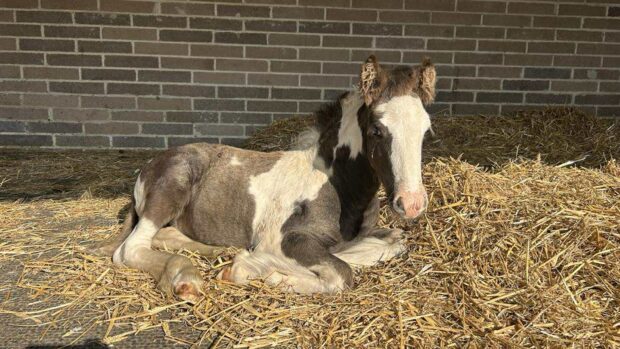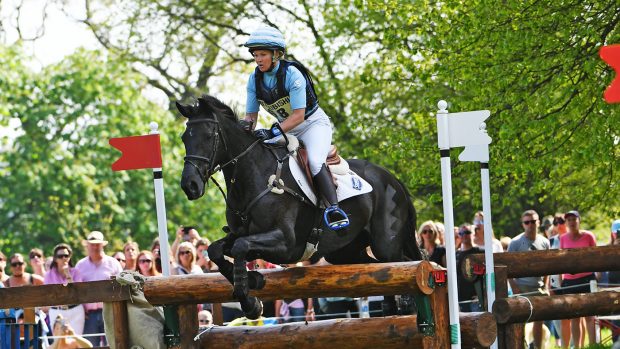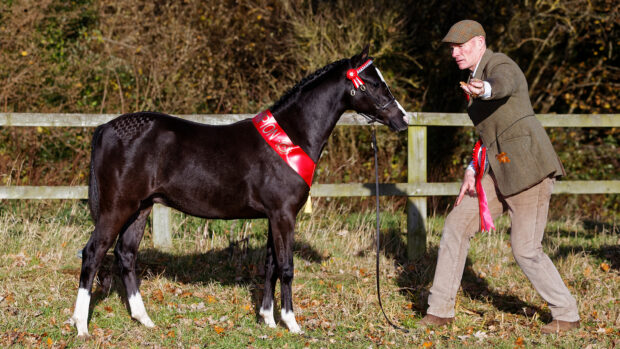More articles on foals
Find a farrier
Q: My mare recently gave birth to a colt foal whose front feet have grown unevenly. At what point can I ask my farrier to start remedial work?
TN, Essex
According to farrier Mark Aikens of Norfolk‘s Anglia Equine, foals should first be presented to the farrier aged one month unless there are reasons for doing this earlier, such as angular limb deformities (ALD) or flexural deformities such as flexor flaccidity or club foot.
“In most cases, sole trimming is unnecessary and the bars only need trimming if prominent.
“A strong hoof wall, adequate sole depth and a solid heel base is integral for future soundness,” said Mark.
“Foals should ideally always be observed walking, prior to trimming. This is to evaluate break-over, foot flight, how the foot contacts the ground and how the limb loads.
“Attempting this may be challenging as they seldom walk in a straight line, but this is easily remedied by walking the mare and letting the foal walk alongside, or behind, the mare.
“Most foals are born with symmetrical, well-balanced feet, and any deviation from this is usually a result of uneven weight-bearing due to the rapid growth of the foal’s foot of about 15mm a month,” said Mark.
“Regular trimming is essential because the neglected foot will quickly distort, which in turn will create greater, uneven loading on the limb.
“The foal’s foot is created within the womb under non-weight bearing conditions and, as such, the new horn, which is grown after birth, is affected by ground-bearing stresses.”
Helen Shaul from Cheshire needed the help of Paul Gordon Farriery and vet Campbell Thompson of Nantwich Vet Group when her foal Ruby was born with both hocks bent to the right.
“She straightened up a good deal naturally in the first two weeks and then had extensions on both back feet to push her hocks to the left,” said Helen.
“These extensions can only be left on for a maximum of three weeks as they do impair hoof growth and must be resized.
“Ruby is now on her third, and hopefully final, set of remedial shoes – with a number of pull-offs replaced in between – and will make a full recovery from this condition.”
Information
Anglia Equine, tel: 01508 532680 www.angliaequine.co.uk
This Q&A was first published in Horse & Hound (23 July, ’09)
Looking for more articles on foals?
Find a farrier near you



